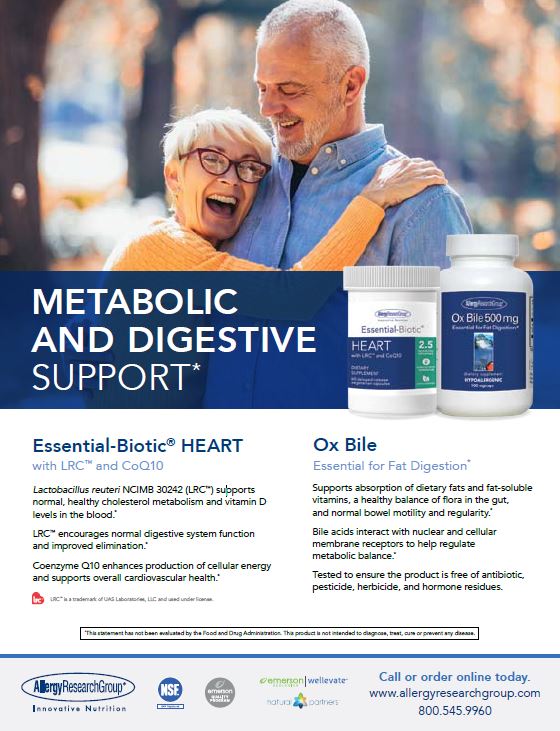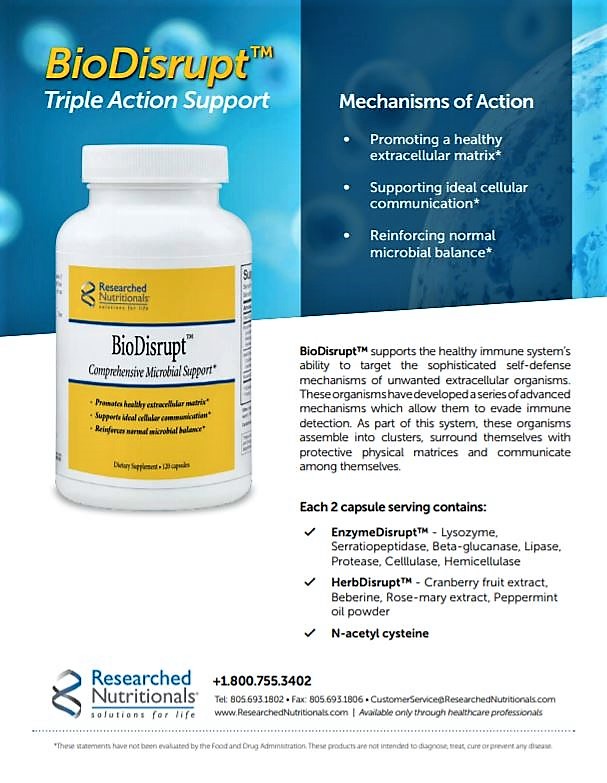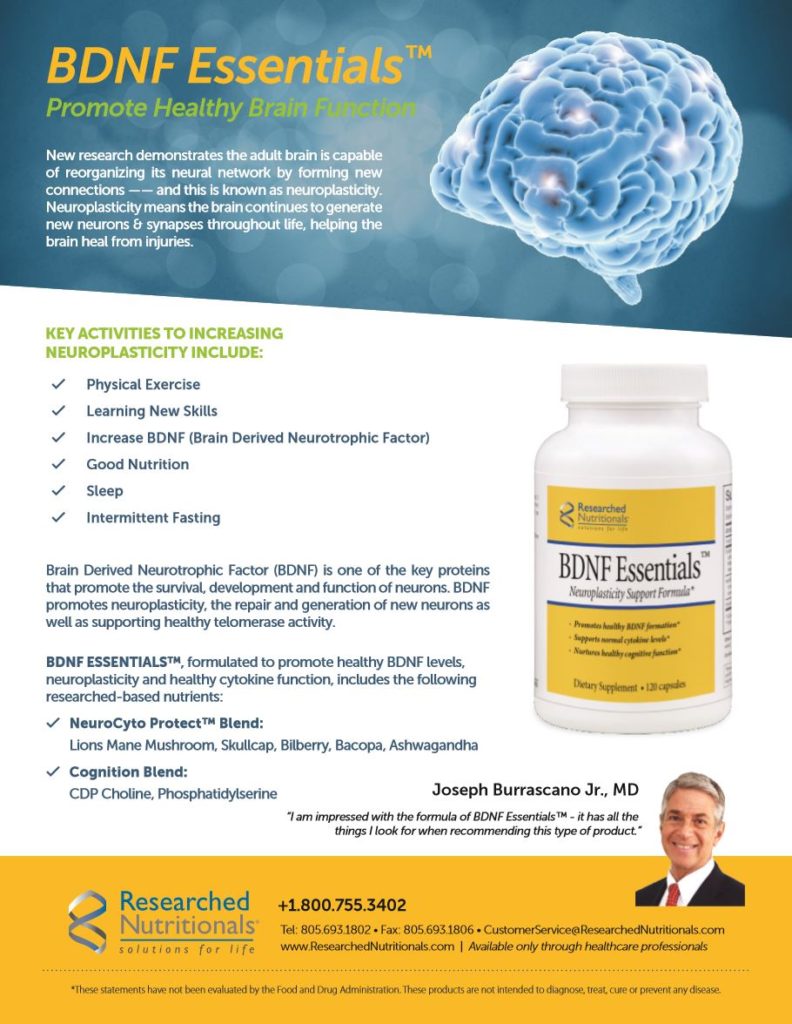By Jonathan Wright, MD
Originally published in Green Medicine Newsletter, November 2016
For over 40 years, my observation has been that low levels of essential amino acids are one major cause of depression. Among very many other things, our bodies use amino acids to make the large majority of “neurotransmitters,” molecules which help nerve cells to communicate. If essential amino acids are low, then neurotransmitters are very likely to be low also, and depression is a frequent result. Patent medicine companies know this too; but since amino acids aren’t patentable, they’ve looked for artificial, patentable molecules to raise levels of neurotransmitters. Many patent “antidepressants” do exactly that.
Mrs. Jones (of course not her real name) came to see me at Tahoma Clinic sometime in the 1990s with several problems. The main one was chronic depression; it was “successfully” being treated with one of the common patented antidepressants that raise neurotransmitter levels. As is more usual than not, the patented antidepressant was also causing “side effects.”
Mrs. Jones asked if her depression could be treated by more natural means. I told her that was very likely; if the neurotransmitter-raising patented antidepressant helped her depression, it was also very probable that neurotransmitter-raising amino acids would do the same thing, as it had for literally dozens of others. Along with other lab tests, she had a blood test done for essential amino acids.
When the test returned, it was quite typical for many depressed individuals. Mrs. Jones was low on five of the nine essential amino acids, and low-normal on two more. She asked which one or ones of these lower than normal essential amino acids might be responsible for her depression. Although at least one or two were very probably involved, there was no way to know for sure, since the function in our brains of all of the essential amino acids and their derivatives wasn’t (and still isn’t) completely known.
She looked simultaneously puzzled and disappointed and asked how to know which ones she should take. We didn’t need to know exactly which ones because she could just take all of the essential amino acids, blended together in proportions individualized for her personally, according to the results of her test. Her brain would do the rest, choosing exactly what it needed to raise its own levels of neurotransmitters towards normal levels. Even though science doesn’t yet know everything about normal human biochemistry, our bodies “know”, and—if we’re born intact—will function normally if given all the raw materials needed to do so.
After a moment, she agreed that this approach made sense; but she wanted to know how her levels of essential amino acids got so low since she ate enough protein. There were several possibilities, but inadequate protein digestion due to low stomach acid (hypochlorhydria or achlorhydria) and poor amino acid absorption because of “hidden” gluten sensitivity were (and still are) at the top of the list. A stomach test (“gastric analysis by radiotelemetry”) showed that Mrs. Jones stomach was secreting hydrochloric acid in much less than optimal amounts; fortunately, a stool test (in my opinion, the most sensitive test for “hidden” gluten sensitivity) showed that she did not have that problem, so absorption of any supplemental amino acids she took should be good.
She took her individualized amino acid blend, hydrochloric acid with pepsin capsules with every meal to replace her “missing” stomach acid and learned to give herself vitamin B12 injections with folate (recommended for everyone with low stomach acid). At the beginning, she was given amino acids and minerals intravenously, since this enables much quicker symptom relief for hypochlorhydric individuals. In just a few weeks she felt much better; the intravenous nutrients were discontinued. She continued with all her oral supplementation and was able to taper and stop her patented antidepressant.
After nearly a year, she returned. Even though she had continued everything recommended, depression was starting to become noticeable again. She was disappointed, and so was I. My experience to that point had been that once depression has cleared up with individualized amino acids, it usually stays away, as long as protein digestion is improved and other supplementation is continued.
Her records had a clue. She’d had a screening test for minerals (hair mineral analysis), and her rubidium levels were so low that the laboratory couldn’t find any of it at all. Italian researchers were the first to report that rubidium used alone was helpful against some cases of depression in the 1970s. Rubidium is a mineral, part of the lithium-sodium-potassium “family” of minerals.
Unfortunately, at that time there were no rubidium supplements available in natural food stores or the Tahoma Clinic Dispensary. However, we did have very low dose rubidium available for IV use, so I got a bottle and asked Mrs. Jones to just take the top off and swallow the equivalent of approximately fifty milligrams daily.
Initially, adding rubidium seemed to help, but in a few weeks her depression came back, more rapidly this time, and Mrs. Jones returned to her patented antidepressant. Since rubidium had helped her initially, it appeared more rubidium study was needed! Checking research publications thoroughly (took a while), it became apparent that—used at higher doses than she had used—rubidium alone is at least as effective, if not more so, than patented “antidepressants”! And used properly (See Sidebar), it’s safe!
Here are summaries of some of the published research:
- In 1973, depressed patients who had not responded to any other form of treatment took rubidium chloride. 70% of those who took rubidium chloride for a minimum of four weeks had a “good to excellent” response.1
- In 1975, researchers found that the response rate of chronically depressed individuals who took rubidium chloride was 65%. Rubidium chloride was found to work as well as imipramine, a “major” patented antidepressant.2
- In 1980, a double-blind study compared the effects of rubidium chloride, 540 milligrams daily, with a widely sold (at that time), patented antidepressant, chlorimipramine, 100 milligrams daily. The researchers found that rubidium chloride’s antidepressant results were superior to the chlorimipramine.3
- In 1988, thirty-one women hospitalized with depression took rubidium chloride, 180 to 720 milligrams daily. By the second week, 2/3 had significantly improved.4
- In 1993, 20 individuals with “major depression” were treated with 360 to 720 milligrams of rubidium chloride. The researchers wrote: “rubidium chloride showed a marked and rapid anti-depressive action….”5
- In 1996, researchers reported that fifteen individuals hospitalized with depression were treated with rubidium chloride 540 milligrams daily. They wrote: “Speedy therapeutic efficacy has been shown, with lack of side effects.”6

With all this study (and additional rubidium research now easily available through the National Library of Medicine’s online service) why isn’t rubidium treatment of major depression well-known? You know the answer: as a naturally occurring mineral, rubidium isn’t PATENTable. No one can make megabucks selling rubidium.
My only excuse for not finding these research reports much sooner was that patients suffering from depression usually did very well with other natural treatments, particularly individualized amino acids and (at appropriate ages) bio-identical hormones.
How Does Rubidium Improve Depression?
Most Green Medicine readers know about the hormone adrenalin, secreted into the blood by the adrenal glands, and its cousin noradrenalin, mostly secreted by nerves to communicate with other nerves. Noradrenalin, adrenalin, dopamine, and closely related molecules are termed “catecholamines” and are well-known nervous system stimulants. Increasing levels of noradrenalin and adrenalin is well-known to have a significant antidepressant effect. (“Amphetamine” and “methamphetamine” or “meth” are previously patented, and much more powerful synthetic versions of catecholamines. Both of these “uppers” are powerful and dangerous stimulants/antidepressants.)
Our nerve cells and other cells use specialized enzymes to transform the essential amino acid phenylalanine and its derivative tyrosine into noradrenalin, adrenalin, dopamine, and other naturally occurring stimulatory catecholamines (pronounced “cat-e-kol-ah-means”). Without enough phenylalanine and/or tyrosine, our bodies can’t make nearly as much of these catecholamines, and many of us become depressed. (Some patented antidepressants are thought to artificially raise levels of catecholamines in the brain.)
Rubidium (along with other vitamin and mineral “co-factors) stimulates the enzymes that use phenylalanine and tyrosine to produce catecholamines. In addition to stimulating catecholamine build-up, rubidium also slows its breakdown and (in a parallel to many patented antidepressants) slows the “re-uptake” of catecholamine neurotransmitters into the nerve cells that secrete them, thus keeping them working for longer.7
Rubidium appears to affect other neurotransmitter systems as well. In research volunteers, rubidium administration increased blood and urine levels of alpha-ketoglutarate, which (among other things) promotes the formation of gamma-amino butytric acid (GABA) and glutamate, non-catecholamine neurotransmitters.7
Before you consider rubidium for depression, make sure to have your fasting essential plasma amino acids checked. Although not every clinically depressed individual has low essential amino acids, the majority do; so, testing and treatment for these essential nutrients should never be omitted. In case your essential amino acids are all normal, but you’re suffering from depression, rubidium can still be tried anyway; it is more likely to work with sufficient essential amino acids already available.
“Fasting plasma essential amino acids” is a blood test. What’s in the blood is what the body has available for use; amino acids in urine are of course no longer available to the body. Except in unusual circumstances, it’s not necessary to check dozens of amino acids as our bodies will transform the essential amino acids into the much more abundant “non-essential amino acids” according to the body’s needs.
For years Meridian Valley Lab (www.meridianvalleylab.com, 206-209-4200, where I am Medical Director) and Metametrix Laboratory (purchased by another laboratory) did the best job on this test for the best price. Meridian Valley Labs continues to do so. After Metametrix was purchased, the “normal values” on the test were changed (I find the original “normals” still used by Meridian to be the most useful in practice), and then the test itself was changed. That test report and recommendations became less useful. Whichever lab you choose, if your essential amino acids are low, make sure to use a blend of all the essential amino acids (including tryptophan) individualized for you.
Just as importantly, look for the cause, which is quite likely to be gastric hypochlorhydria (low stomach acid) and/or “hidden” gluten sensitivity and occasionally both. If low stomach acid is a problem case, “replacement” hydrochloric acid with pepsin should be taken with meals, along with injections of vitamin B12 with folate. Individualized amino acid combinations alone along with these injections can frequently help your depression clear up over a few weeks to few months’ time.
If this isn’t effective enough or if you want to “go faster,” then rubidium could be helpful. As you can tell, all of this may be a little complicated, so it’s best to work with a physician skilled and knowledgeable in nutritional and natural medicine to help you co-ordinate it all. That physician can also suggest other nutrient “co-factors” that work with rubidium to make those antidepressant “catecholamines.” With those “co-factors,” the over-all dose of rubidium can be less while still being effective.
While using rubidium “by itself” without any of these other nutrients can be effective (the research reports cited show significant effectiveness with rubidium alone in 65-70% of depressed individuals), you might well be overlooking deficiencies in essential amino acids (as well as other co-factor nutrients) that rubidium alone cannot replace. Your depression would go away while other body functions unnecessarily decline. You also might have symptoms of rubidium-induced intracellular potassium deficiency. Make sure to work with a knowledgeable physician to avoid this possibility!
Using Rubidium Safely
Rubidium is a member of the same mineral family as lithium, sodium, and potassium. Reviewers have pointed out that rubidium and potassium behave in many of the same ways, as do lithium and sodium. Potassium and rubidium are mostly found inside of body cells (“intracellular”); sodium and lithium are mostly found outside of body cells (“extracellular”). Potassium given in excess or too rapidly intravenously can be dangerous, even causing deaths; rubidium can do the same. So except in very small doses, rubidium should always be taken orally.
In reasonable doses, oral rubidium is safe. According to a major English-language review of rubidium and rubidium therapy: “Rubidium chloride appears to be a safe therapeutic agent when administered orally….Some minor side effects that have been noted are constipation, diarrhea, agitation, insomnia, and a transient decrease in heart and pulse rate.”7 Other investigators have noted transient skin rashes and frequent urination.5
Rubidium should not be used by individuals with bipolar (“manic-depressive”) illness, as it appears to increase the length of any manic phase of the illness even though it decreases the extremes of mood.
Most importantly, if you’re taking rubidium supplementation, it’s important to take an equal or greater amount of potassium. As there’s clearly more potassium than rubidium naturally present in our bodies, we don’t want to allow too much “replacement” of potassium with rubidium over any length of time. One individual who ignored advice to take as much rubidium as potassium developed very sore muscles which very fortunately became entirely better after he took relatively large (but safe) quantities of potassium.
All of the rubidium vs. depression studies cited in this article used between 180 and 720 milligrams daily. The largest review suggests 180 milligrams three times daily. Mrs. Jones took 500 milligrams total daily, with food.
Because of the rubidium-potassium interaction, it’s best to consult with a physician skilled and knowledgeable in natural medicine before taking rubidium supplementation. Rubidium is available through some compounding pharmacies and—combined with an equal amount of potassium for greater safety—at the Tahoma Clinic Dispensary.
References
1. Fieve RR, et al. Rubidium: Biochemical, behavioral, and metabolic studies in humans. Am J Psychiatry. 1973;130:55-61.
2. Carolei A, et al. Azionefarmacologicadelcluorodirubidio—effetoantidepressivo: confronts con l’imipramina. ClinTer. 1975;75:469-478.
3. Calandra C, Nicolisi M. Confronts fra due farmaciadazioneantidepressiva: rubidiocluoro a chlorimipramina. Proc 34th Congress Italian Society of Psychiatry, Catania, Italy, 1980.
4. Placidi G, et al. Exploration of the clinical profile of rubidium chloride in depression: a systemic open trial. J Clin Psychopharmacol. 1988;8(3):184-188.
5. Torta R, et al. [Rubidium chloride in the treatment of major depression]. Minerva Psichiatr. 1993;34(2):101-110.
6. Brundisino AO, Cairoli S. [The pharmacological action of rubidium chloride in depression] Minerva Psichiatr. 1996;37(1):45-49.
7. Williams RH, Maturen A, Sky-Peck HH. Pharmacologic role of rubidium in psychiatric research. Comprehensive Therapy. 1987;13(9):46-54.
A Harvard University and University of Michigan graduate, Dr. Jonathan V. Wright, MD (Hon. ND), was also awarded an honorary ND by Bastyr University (1993). He continues to be a forerunner in research and application of natural treatments for healthy aging and illness. He has taught natural biochemical medical treatments since 1983 to thousands of physicians in the USA, Europe, and Japan. He was the first to develop and introduce the use of comprehensive patterns of bio-identical hormones (including estrogens, progesterone, DHEA and testosterone) in 1982 and directed the development of tests to ensure their safe use. Other accomplishments include originating successful natural treatment for elimination of childhood asthma, developing natural treatment to stop vision loss and/or improve vision in the majority of individuals with “dry” macular degeneration, pioneering the use of aldosterone to reverse age-related hearing loss, discovering the effects of iodine on estrogen metabolism and cobalt on steroid detoxification, and popularizing the use of the natural sugar D-mannose for elimination of 85-90% of urinary tract infections. He also originated effective natural treatment for seborrheic dermatitis, allergic and viral conjunctivitis, Osgood-Schlatter’s disease, and treatment that improves bone density in the large majority of those with osteoporosis. Dr. Wright serves as medical director of Tahoma Clinic in Tukwila, Washington.
(www.TahomaClinic.com).








